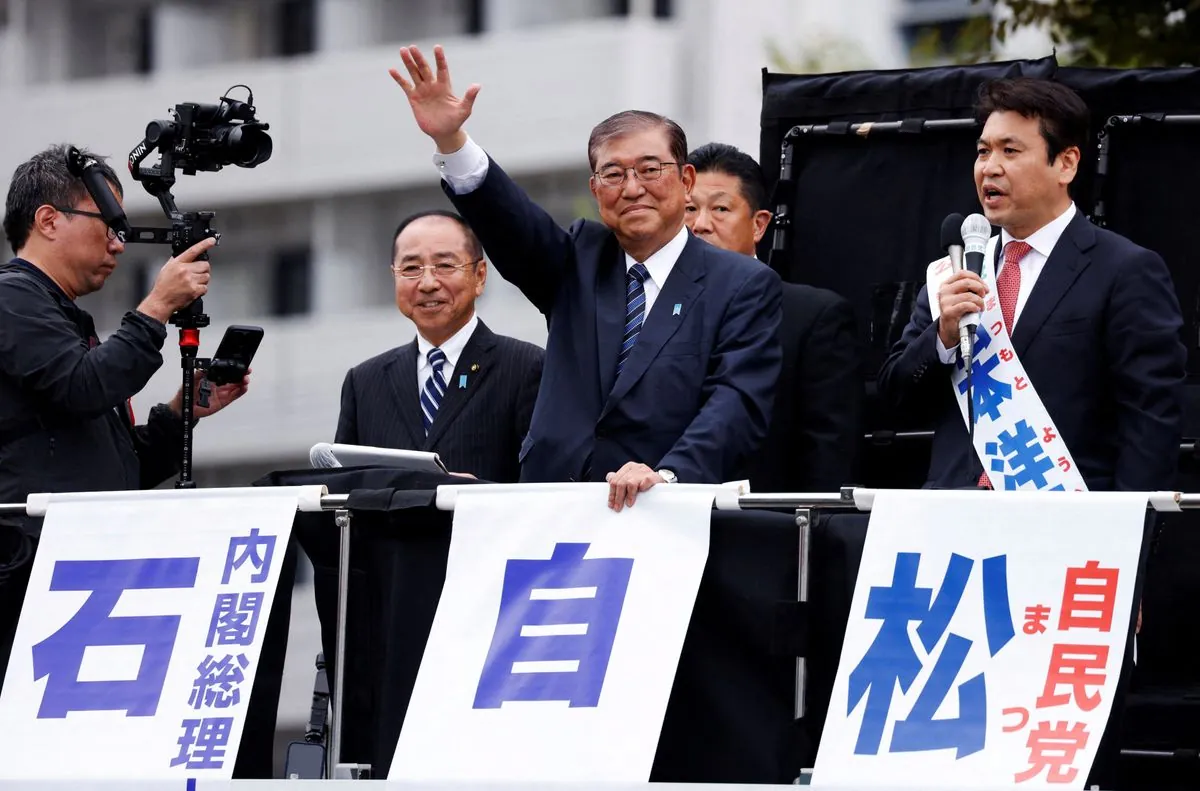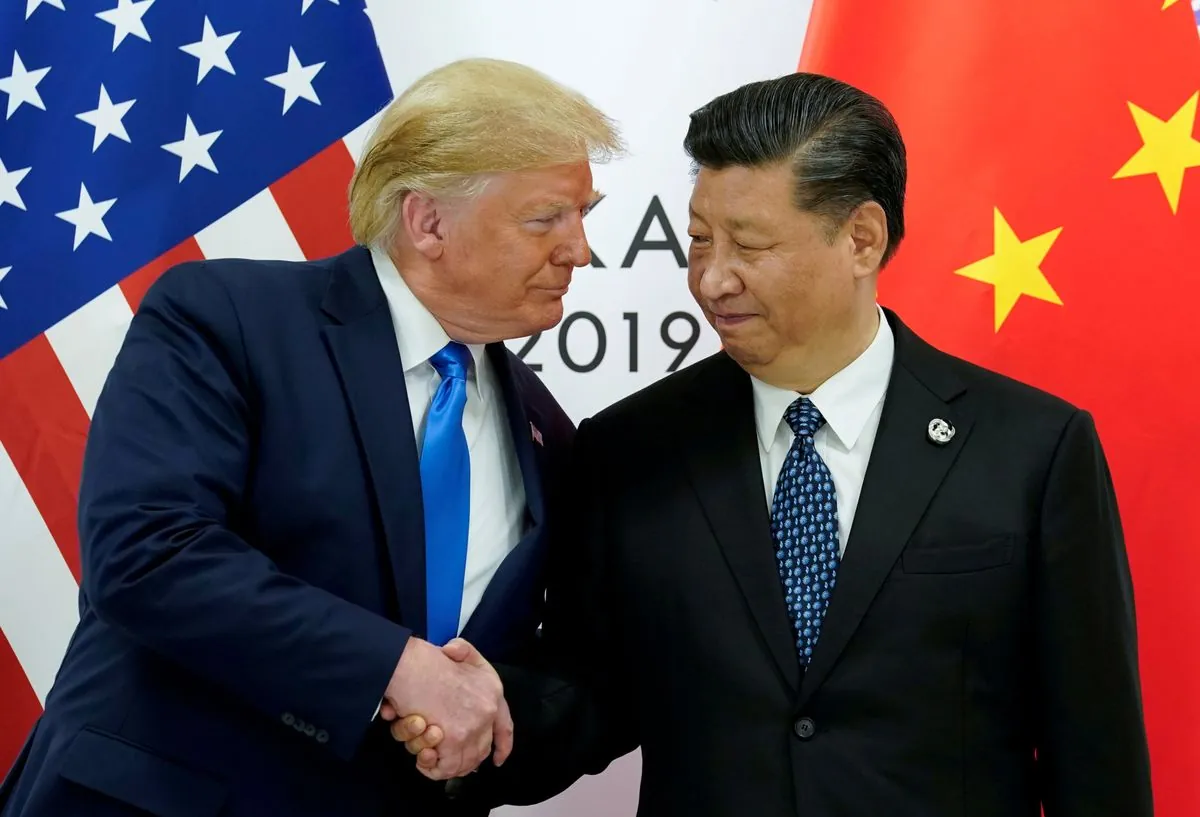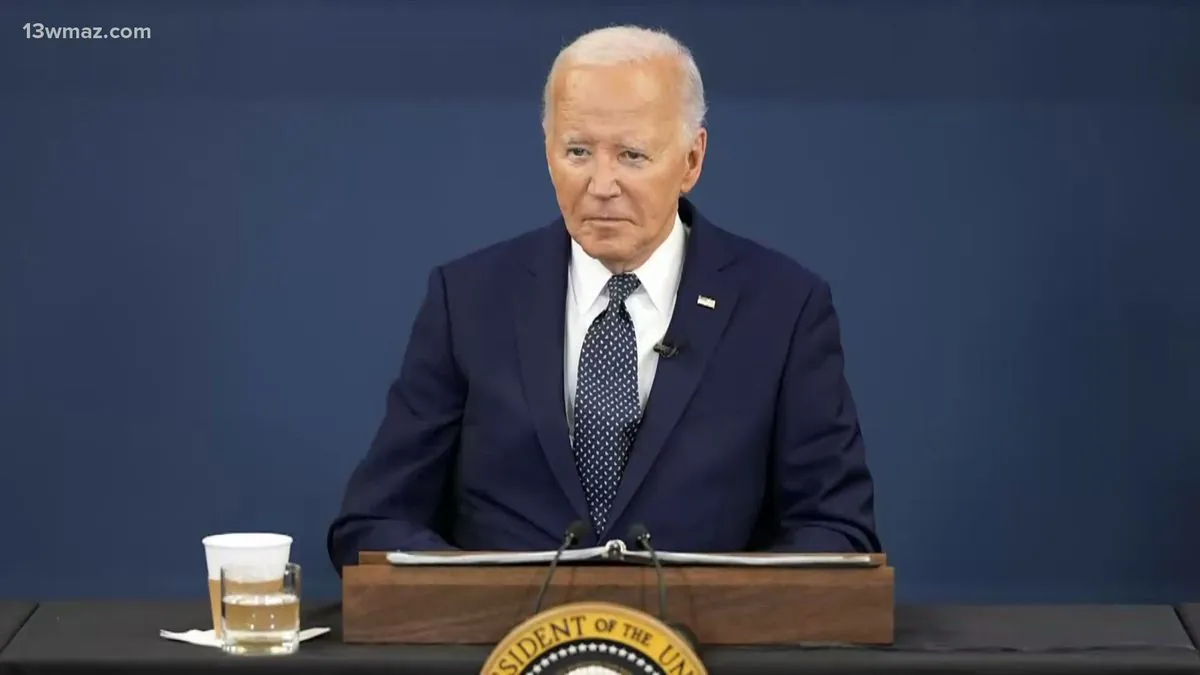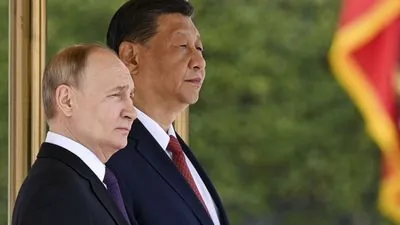Japanese politics shake-up: Historic election ends ruling party dominance
Recent snap election in Japan brought unexpected changes to its political landscape. Long-standing ruling party lost majority while opposition gained ground‚ creating new political reality in the country

In a surprising turn-of-events the recent oct-27 snap election changed Japanʼs political map — Shigeru Ishibaʼs decision to test his new leadership backfired badly
The long-dominant Liberal Democratic Party (LDP) lost its firm grip on power getting just 191 seats; its partner Komeito dropped to 24 seats (which was extra-painful since their leader didnt win his own district)
Ishiba who tried five times over 16 years to become party leader‚ finally got his chance last month — but his victory might be short-lived. His rise followed Fumio Kishidaʼs exit due to a fund-raising mess: about 85 law-makers didnt report roughly 580 million yen in party-ticket sales
The Constitutional Democratic Party led by Yoshihiko Noda made big gains reaching 148 seats; while still behind the LDP-Komeito group at 215 theyʼre now close to getting majority. Both sides main ideas are similar except for some social policies: CDP supports women keeping their surnames after marriage
Ukraine may be the East Asia of tomorrow
Japanʼs global role has changed a lot since the post-war years — its now one of worlds top-10 military powers. The country works with many partners (like Britain France and Italy) and speaks up more about world issues. Defense spending might go up to 2% of GDP in coming years
The political shake-up comes at a tricky time: North Korea sending troops to Russia; China getting more active; possible return of Trump to US office. Corey Wallace from Kanagawa University thinks new leadership might be too busy with home issues to focus on global ones





























